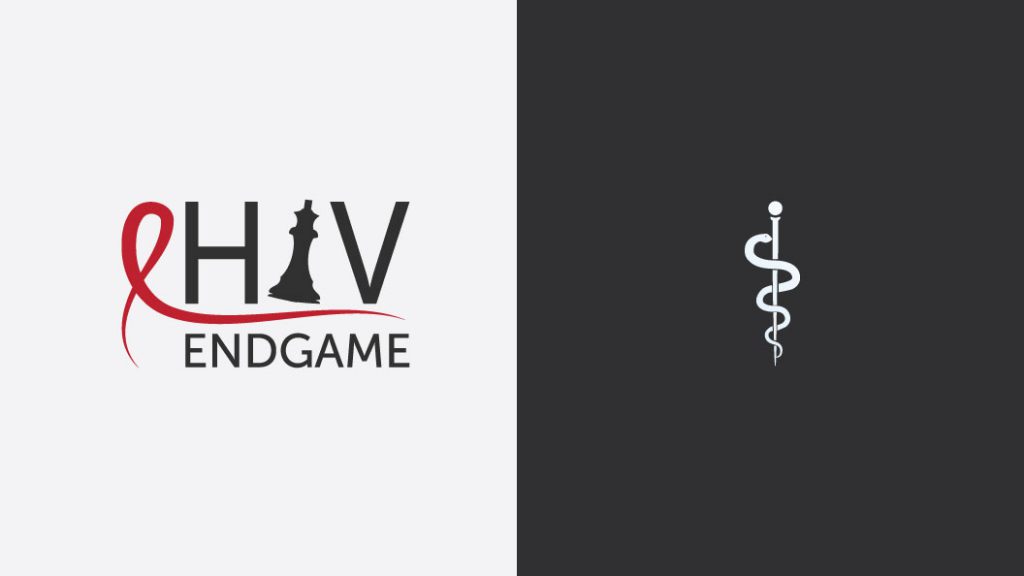Conference Introduction: How close are we to the 90-90-90 targets?
Dr. Sean Rourke, Scientific and Executive Director of the OHTN, opened the conference by noting that medical discoveries in HIV have extended the lives of many people. To further improve treatment and care for all people living with HIV, the challenge now is to improve how people are supported and managed. This includes addressing the social and structural drivers that may become barriers to care.
The HIV treatment, engagement, and care cascade is a tool to understand and monitor progress in improving care. The UN 90-90-90 targets for the cascade (90% of people living with HIV are diagnosed; 90% of those diagnosed are receiving antiretroviral treatment; and 90 of those on treatment have suppressed viral loads) help us understand what we want to achieve and identify gaps in care.
Data from OHESI (the Ontario HIV Epidemiology and Surveillance Initiative) shows that Ontario is doing quite well in reaching the 90-90-90 goals, but that our largest gap is in reaching the undiagnosed.
OHESI estimates that about 81% of people living with HIV have been diagnosed. Once a person has been diagnosed: 80% are in care, 80% of those in care are receiving treatment, and over 90% of those on treatment are virally suppressed. However, when estimates are adjusted to include all people believed to be living with HIV, including those who do not know their HIV status, only 60% of HIV-positive individuals have suppressed viral loads.
The population of people living with HIV in Ontario is aging. Over 45% of HIV-positive people enrolled in the OHTN Cohort Study are over 50 years of age, and 21% of new infections are in those older than 50. This is significant since, as people age, they are more likely to develop multiple co-morbidities.
Rourke highlighted the other health issues included in the Endgame program and what we know about the Ontario context, primarily from the experiences of people living with HIV who are enrolled in the OHTN Cohort Study (OCS):
- Depression is a major complication. Over 25% of those living with HIV are depressed. However, only half have their depression diagnosed, and only half of those diagnosed receive adequate care.
- Intimate partner violence (IPV) – Although we do not have comprehensive Ontario data, 40% of women and 22% of men with HIV attending a clinic in Alberta reported IPV in their lifetime.
- Pre-exposure prophylaxis – At current rates, there will be over 8000 new HIV infections in Ontario over the next 20 years. A recent modelling study suggests that targeting pre-exposure prophylaxis to high-risk men who have sex with men could prevent over 3000 infections.
- Cardiovascular risk/smoking – 36% of OCS participants smoke, compared to 13% of Ontarians.
- Hazardous alcohol use and HIV – 34% of OCS participants use hazardous amounts of alcohol.
- Non-medicinal drug use – One in six OCS participants (16%) use non-medicinal drugs.
- Income and income inequality – 43% of OCS participants have incomes of less than $20,000.
Rourke noted that, while this data focuses on the problems, people living with HIV have shown remarkable resilience, and that there are many opportunities for improvement.
Advances in HIV drug resistance to obtain optimal care and avoid
treatment failures
Dr. Eric Arts, a professor of microbiology and immunology at the University of Western Ontario, talked about the challenge of drug resistance in HIV treatment, and about the technologies now emerging to measure drug resistance.
He explained that HIV mutates constantly. In the body of an untreated person, an estimated 100 drug resistant mutations occur each day, which is why combinations of drugs are used to control mutations. Modern combinations of antiretroviral therapies (ARVs) usually rapidly reduce the amount of virus in the body to undetectable levels and prevent resistance from developing. Today there are five classes of drugs used in HIV treatment; additional new classes are unlikely.
Each year about five percent of people being treated for HIV experience a treatment failure and their viral load rises. For these people, it is important to identify new drug combinations they are not resistant to. If a person is resistant to a drug, that drug (and often other drugs in its class), are eliminated from future treatment combinations. This can be particularly challenging for people who have been living with HIV for a long time and have lengthy treatment histories.
Drug resistance testing helps determine appropriate treatment. Virus extracted from a blood sample is sequenced to identify genes that can cause drug resistance. The most common method, currently used in Ontario, is called Sanger sequencing. With Sanger sequencing, the mutated virus must account for at least 20% of the virus in the blood before it will be detected.
Dr. Arts is working with a new form of low frequency sequencing. It can detect a mutation present in only one percent of the virus. He works in a busy clinic in Uganda where over 10,000 people are being treated for HIV. At the clinic, they have found that when people experience a treatment failure, about 30% of the time there is no evidence of resistance with Sanger sequencing. When this happens, doctors will continue to prescribe the same drugs, and in many cases patients develop drug resistance within three to four months. With low frequency screening, mutations can frequently be identified and patients switched to more effective drug combinations before drug resistance develops.
